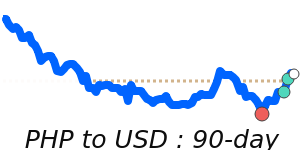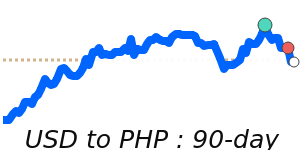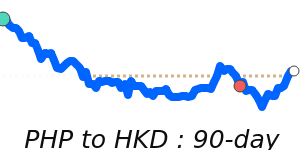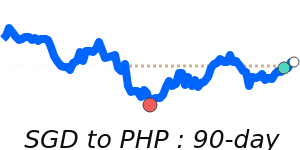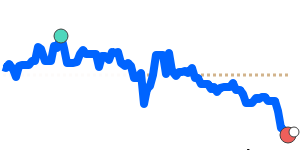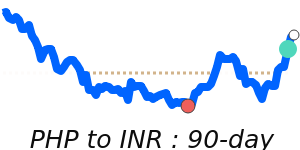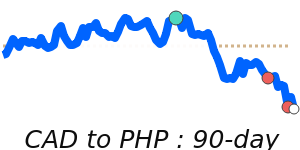The Philippine peso (PHP) has recently experienced notable volatility, with a record low of 59.262 per US dollar recorded in October 2025. This depreciation is primarily attributed to growing economic concerns linked to infrastructure spending controversies and the potential for further easing of monetary policy by the Bangko Sentral ng Pilipinas (BSP). Analysts highlight that these factors have raised apprehensions about an economic slowdown, impacting investor confidence and the peso's stability.
The BSP's current stance to allow the exchange rate to be driven by market forces, intervening mainly to manage inflation rather than daily fluctuations, indicates a shift in its policy approach. As inflation remains subdued at 1.7%, which is below the central bank's target, there is speculation about potential interest rate cuts aimed at stimulating economic growth. This scenario could further influence the peso's value in the short to medium term.
Recent exchange rate data shows that the PHP to USD is trading at 0.016927, which is 1.4% below its three-month average of 0.01717. The pair has exhibited a relatively stable range, fluctuating within 4.3% from 0.016915 to 0.017646. Similarly, the PHP to EUR is at 0.014535, also 1.4% below its three-month average of 0.014744, trading in a 3.8% range from 0.014520 to 0.015066. The PHP to GBP stands at 0.012702, again 1.4% below its three-month average, with observed stability in a 3.2% range. In contrast, the PHP to JPY is slightly stronger at 2.6264, just 0.8% above its three-month average, trading within a 5.6% range.
With corruption concerns impacting investor sentiment, the peso may continue to face pressure unless positive developments emerge in infrastructure management and economic policy. This environment creates opportunities for businesses and individuals engaged in international transactions to carefully strategize their currency exchanges and mitigate potential losses from currency fluctuation.
